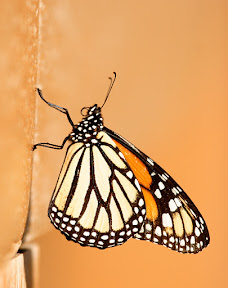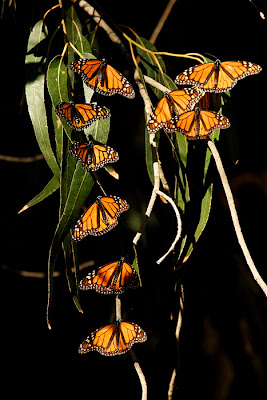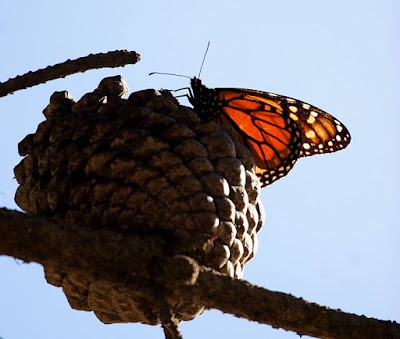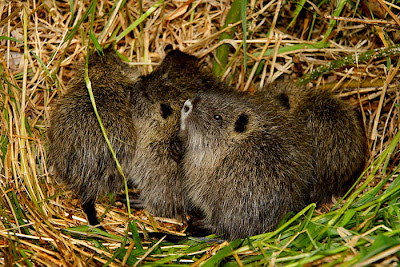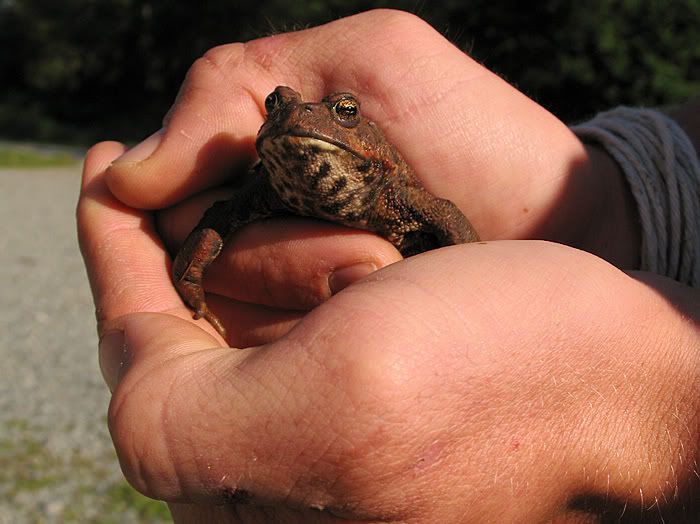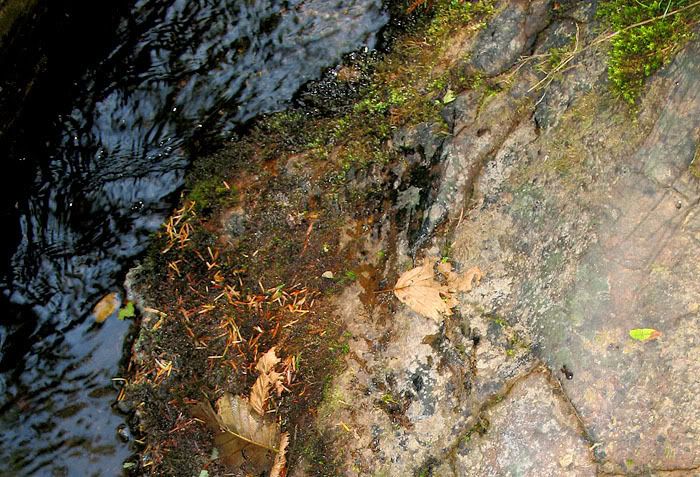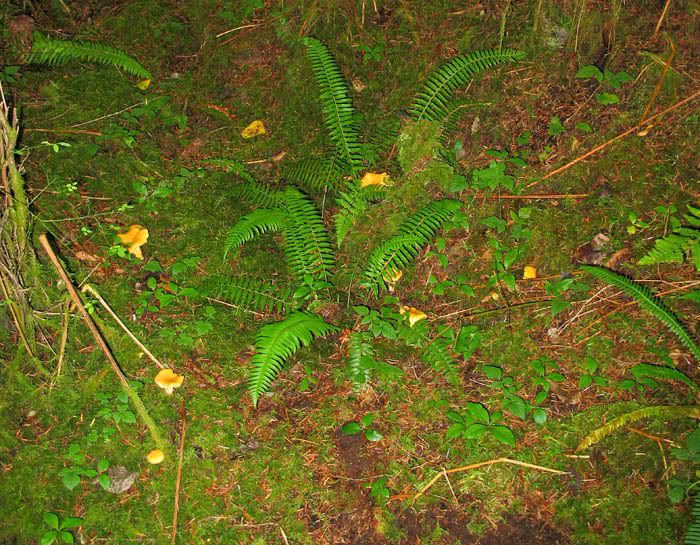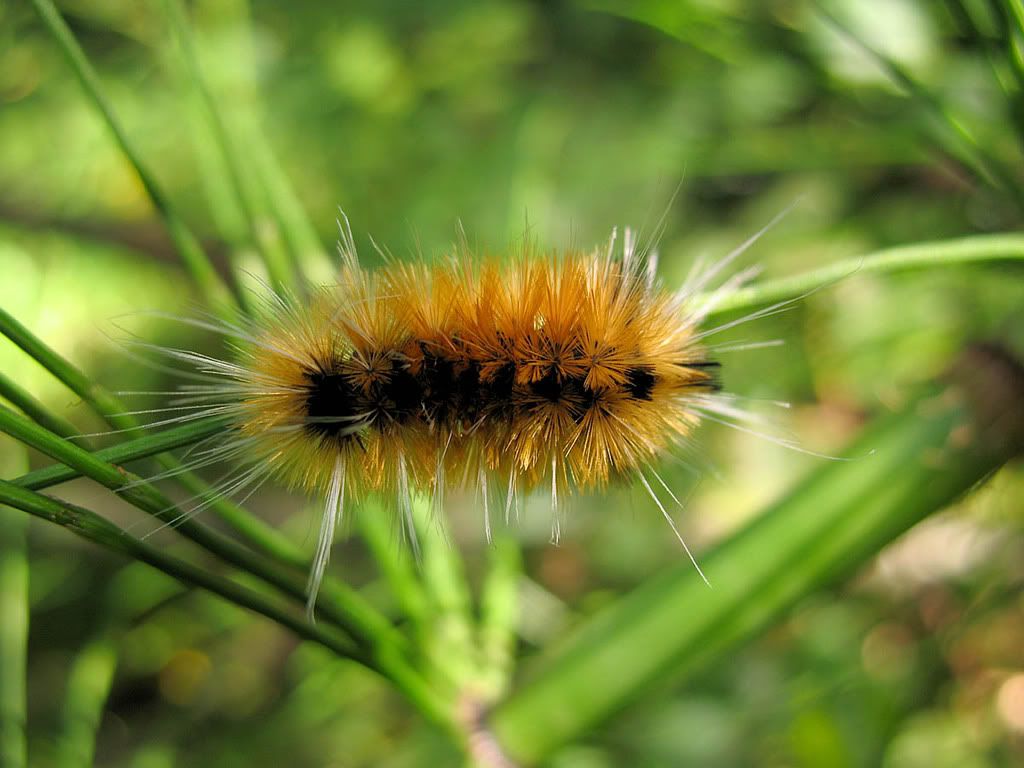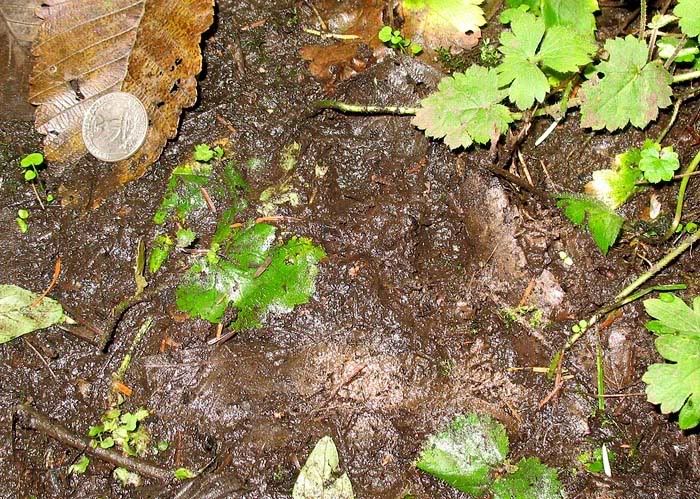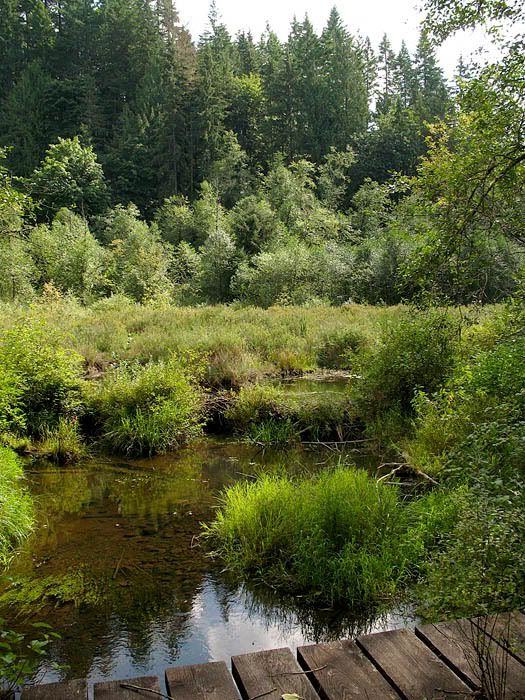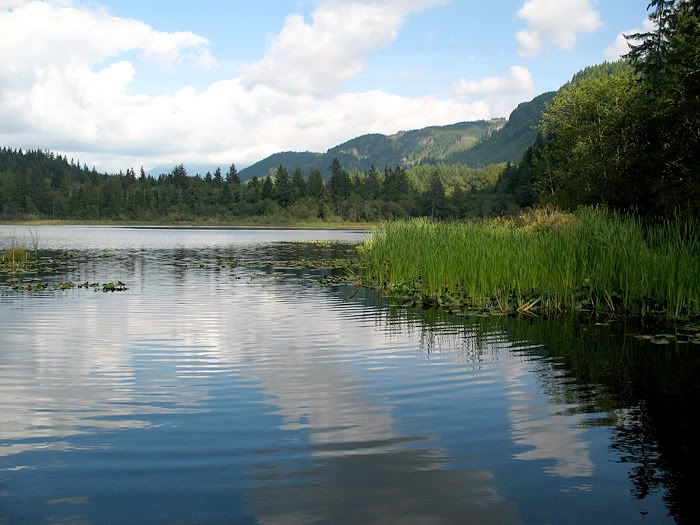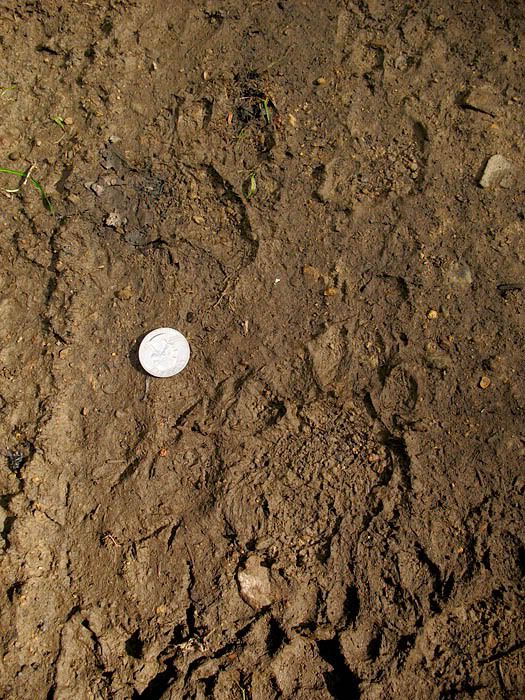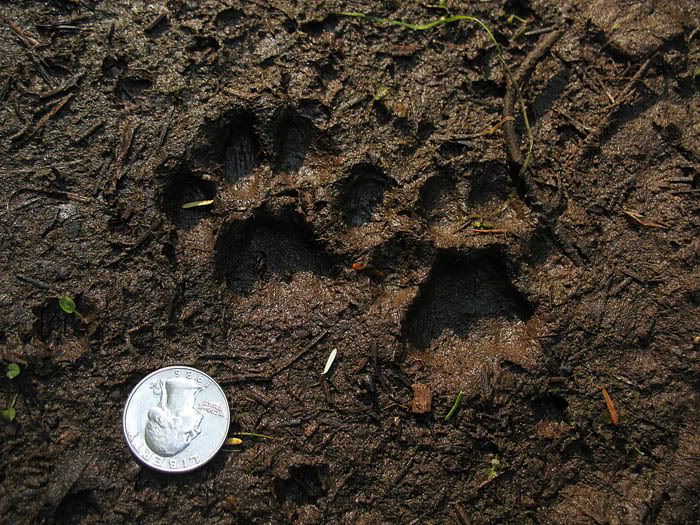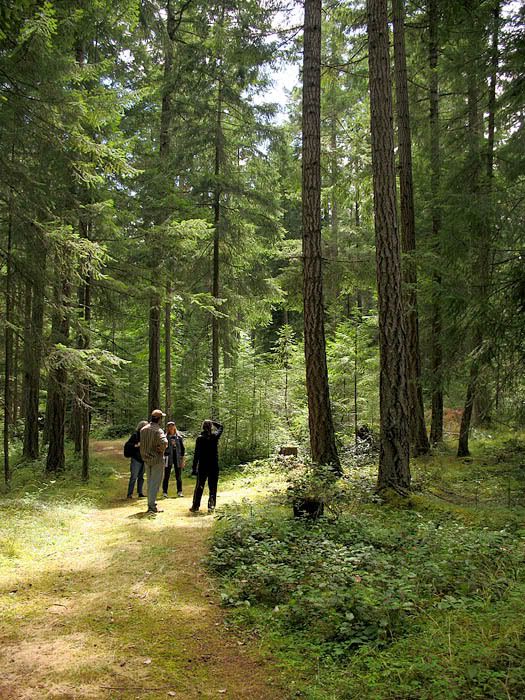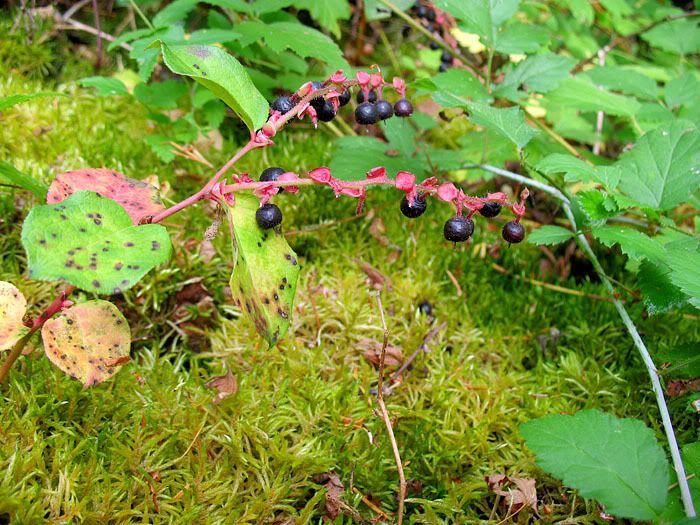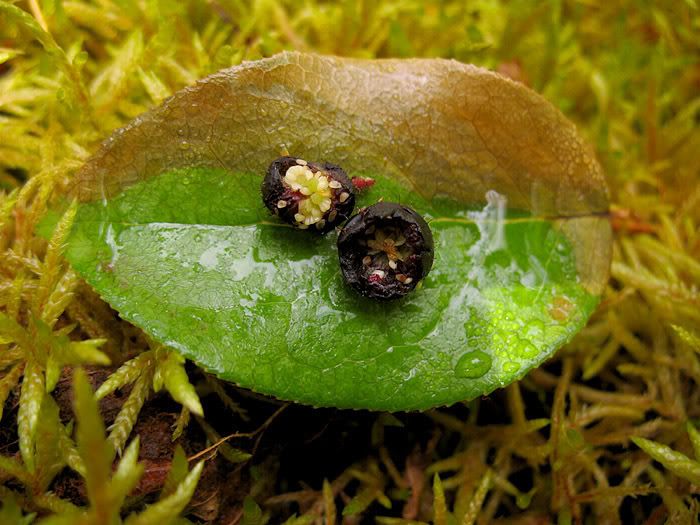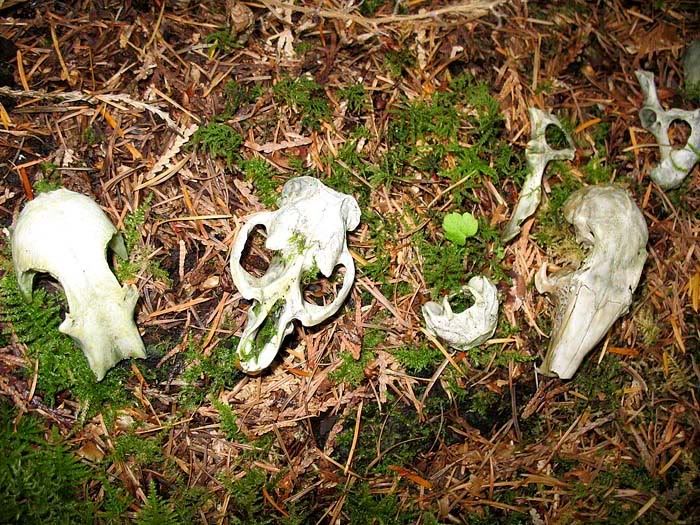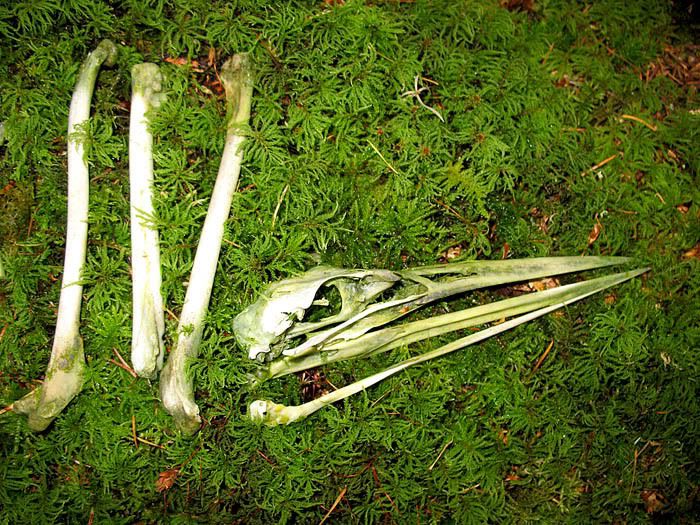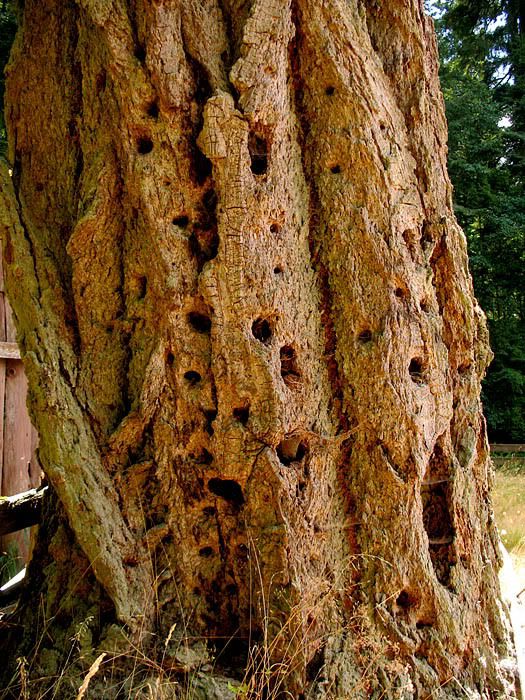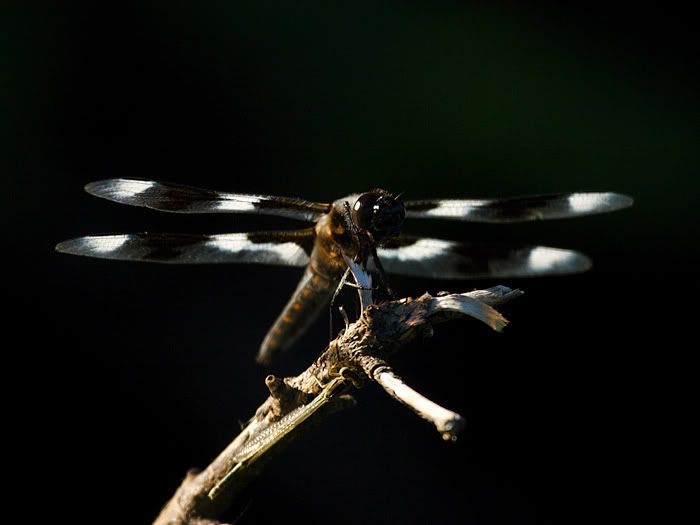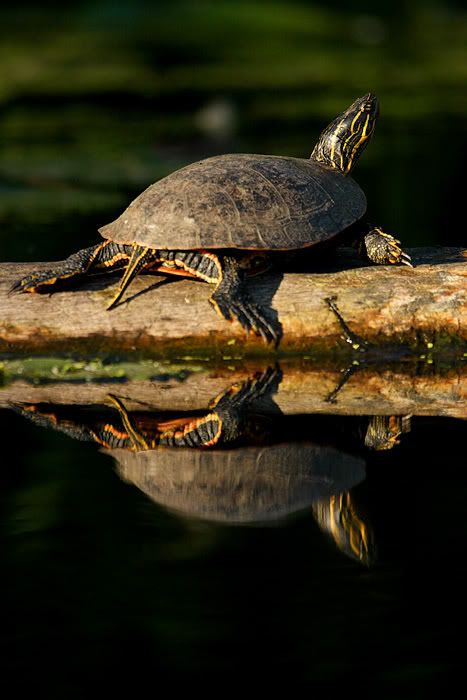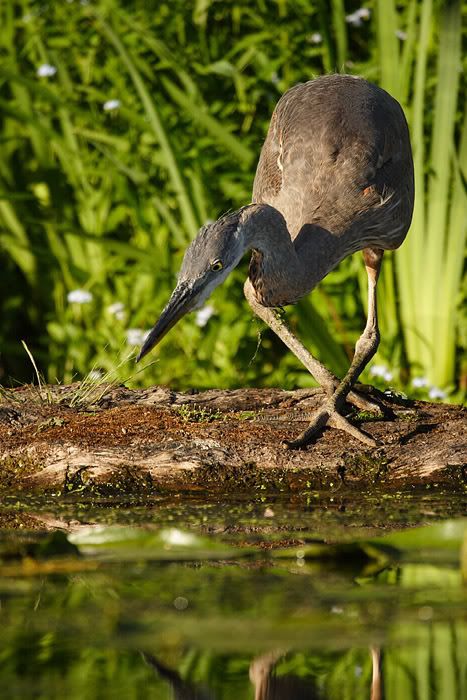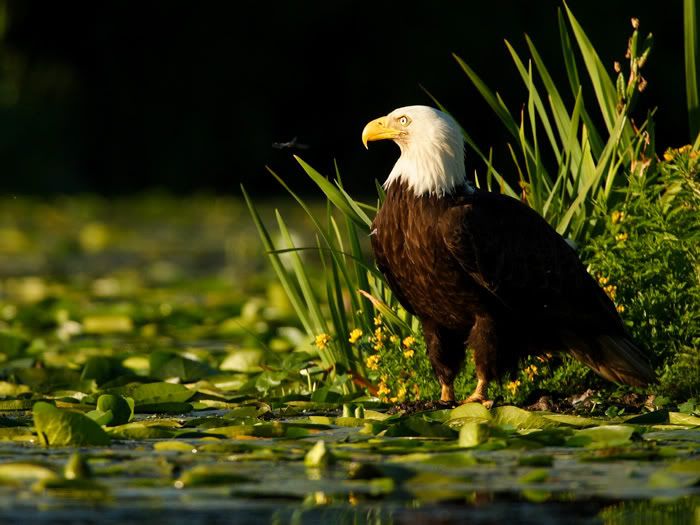I was working at a summer camp this week at the little forested peninsula that sticks out into Seattle's Lake Washington. It goes by the name of Seward Park.
Seattle - also known as the Evergreen city - is blessed with many parks and green spaces. Each one is special and amazing in its own way. Seward park is one of the best bird watching parks in Seattle. The peninsula is bordered by the waters of Lake Washington on 3 sides, and suburban and urban parts of South Seattle on the 4th side.
I am sharing only a few of the most exciting highlights of the week. I had the pleasure of romping around the park with a group of 10 kids ages 8-10. There is no doubt in my mind that what I saw and experienced was strongly shaped by the children themselves, and likely I would not have experienced some of those same things without them.
My gratitude goes out to them, to all of the staff at the summer camp and to the park itself.
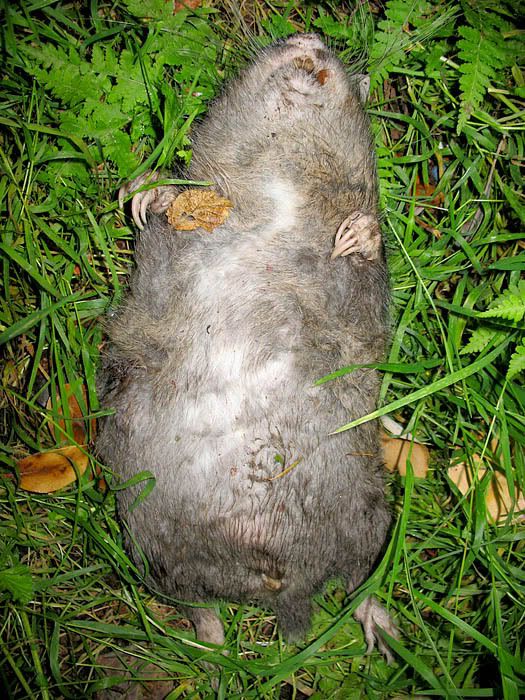
One of the first really exciting things that the children located this week was a relatively fresh aplodontia (
Aplodontia rufa) carcass on the side of a trail. When we arrived, the body was no longer warm but was still stiff with rigor mortis. Viewed from the top it appear as not much more than a general gray mass close to the size and shape of a football. We checked out its short tail, and the unique white markings under its ears.
Then, we gently flipped it over to reveal more interesting parts.
The brightness of the belly stood out immediately. Having seen dead aplodontia before, I had never observed such white markings on their bellies. The next thing that is hard to miss is those extra long claws on the forefeet. Aplodontia (also called "Mountain beavers") are a burrowing rodent unique to the Pacific Northwest and live in a rather narrow range West of the Cascades mountains. See the long whiskers? Those are used in navigating both under and above ground. They also have rather unique whiskers on their forelegs, near their feet. I am not certain what these are used for, but it might also be in helping them navigate. Notice the buck teeth so typical of rodents. This animals is short all around. Short ears, tail, legs and stature.
Aplodontia burrows can be found in good numbers in many forested areas around Seattle. It is great to see they survive even in isolated spots in urban areas like Seward Park.
Another amazing find was the papery nest of bald-faced hornets (
Dolichovespula maculata) in a pine near the public bathrooms. Hornets have a bad reputation for aggressiveness that is somewhat exaggerated, though there is no doubt they will fiercely defend their nests from disturbance by would-be predators. Humans are generally stung on and around the face.
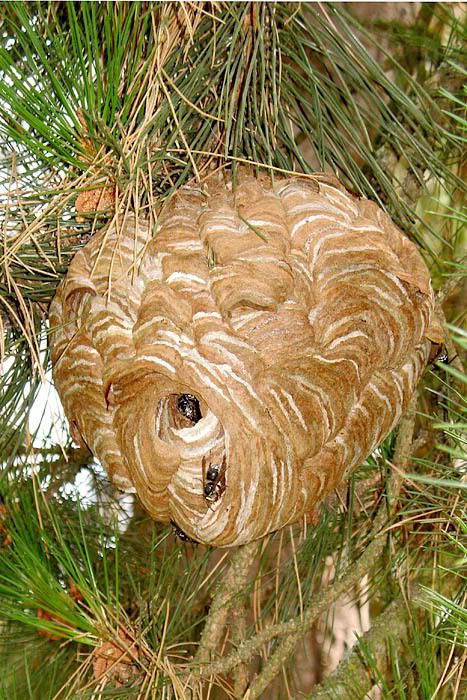
The nest became a center of attention by many, and most, including myself had not seen such a uniquely beautiful paper nest before. We came to within a safe distance of a few meters to view it. We debated what woods were used to make this nest, and figured that cedar bark was likely used to make some of it.
The way in which these hornets and related yellowjackets (
Vespula spp.) build these nests is very interesting. They chew up wood from the bark of trees, old fence posts and other sources. Then, mixed with saliva these are applied a line at a time. If you look closely, you can see a hornet applying a layer of brown wood pulp to the nest just below the entrance to the hive. The line is still moist and dark brown.
None where ever stung by these or any other hornets during the week. Though there were some stings from ground-nesting yellowjackets. Unfortunately, park staff sprayed the nest with insecticide and the whole hive was destroyed. Our camp director collected it to add it to the summer camp nature museum for next year. It is a shame the nest was killed off, but at least now it will be used to educate.
The park is full of wasp nests in rather high densities. Which has made romping with the children off trail rather exciting. It certainly teaches all of us to be more aware and move more respectfully in the woods.
Seward park has a rather surprising top predator. It is a ninja-like animal that most people are shocked to learn actually lives through out Seattle's parks, as well as suburban and even urban areas. This medium sized mammal belongs to the canine family and its carnivorous habits are not always popular with small pet owners in suburbs and in other places around Seattle.
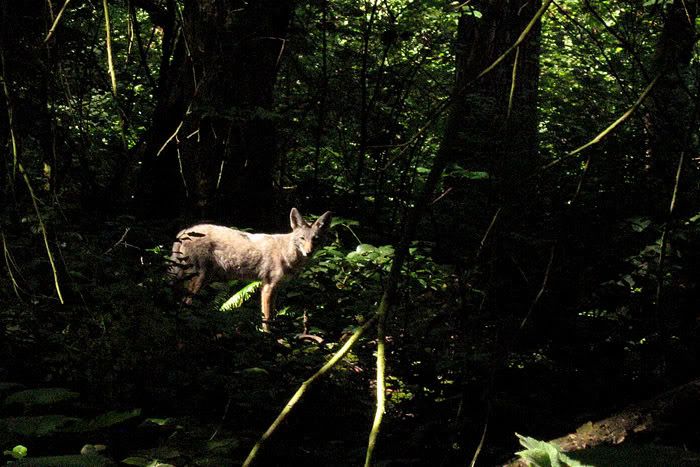
If you guessed coyote, you've got it. This photo captures how a coyote appeared to my group of kids during a wander this week. It was very unusual, and honestly, I have never seen nor expected to see a wild coyote act in this way with a group of 11 people watching it from about 35 feet away.
For a period of between 5 and 10 minutes, we stood around looking at each other. The coyote at us, and we at the coyote. I felt there was a certain communion. The coyote showed no nervousness what so ever. Amazing, it actually sat down at one point and watched us placidly. I wish I could know what passed through the coyotes mind and why it did what it did. As far as I know, this animal has never been fed by humans.
I do not know if any of the kids realized why such an encounter was so amazing, and despite my explaining its significance to them I do not know how long they will remember it. But, I will certainly not forget it.
Coyotes are urban ninjas. You generally only see them when they want to show themselves to you.

That same day, another group found one of the coyotes feeding signs. Throughout the week, we found other evidence of coyotes such as their scat and tracks in muddy spots hidden in the woods. But this was perhaps a more graphic sign left by the wily canines.
This may be the foot of someone's "Fluffy" but, chances are better that this cat was a one of the many feral cats that live around almost every urban area throughout the world. This domestic cat leg was still rather fresh and it was a great learning tool to show the kids. I demonstrated how their claws extended and retracted, and how the soft pads and densely haired feet allow the cat to move so quietly.
As I mentioned before, the bird life in Seward Park is amazing. It is one of the few places I can think of where you can almost be guarantied to see Bald eagles everyday. There is an active nest in the park, and right now 3 juvenile birds have fledged. They can be seen and heard flying around the park and begging persistantly from their parents.
With at least 5 Bald eagles flying around the park, you are bound to find sign of them throughout. And the most common sign is feathers from the recently fledged young.
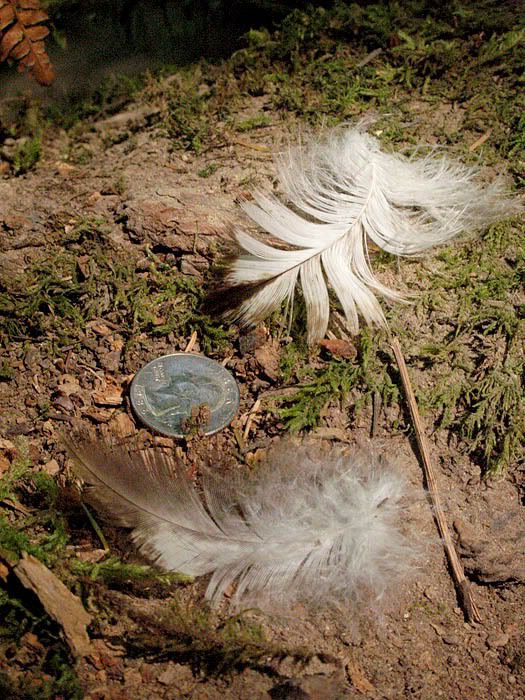
Generally, these are most obvious in the open fields of the park. Especially near the nest. These two feathers, however, were found in the middle of the forested part of the park.
Notice the white background with brown mottling on top typical of feathers of young eagles.
There is another family of predatory birds that inhabit the park. Though, these generally remain in the cover of the forested parks. Earlier this summer, while I taught a different group of kids in the park we spotted one. We actually got to eat our lunches with the bird sitting quietly in a cedar tree about 40 feet above our group.
Though this species is generally nocturnal or crepuscular, at this time of year they are often seen during the day time as well. The parents have their talons full with trying to keep all of their young fed, and like the eagle parents they start looking rather haggard and worn out. It is not unusual to occasionally see the exhausted parents hiding from that constantly begging young.
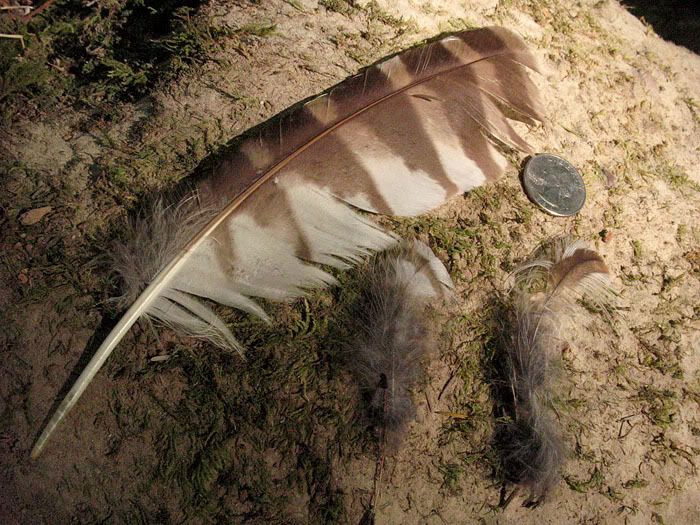
If you thought some kind of owl, you were right. Specifically, the barred owl (
Strix varia). This species has moved in very recently into WA state, and is moving into many of the areas once inhabited by its cousin, the northern spotted owl (
Strix occidentalis caurina).
The 3 feathers are all from different parts of the body. The small feathers are from the body, and the large one is a secondary feather from right wing. I am not sure if the feathers are from the same bird or not, as they were found in different parts of the park.
Earlier this summer, 3 juveniles owls were observed following the adults around and begging. We did not see any owls this week. Only their feathers and a few regurgitated pellets.
The last amazing find was discovered by another group in the park. It came from a bird one would probably not expect to find in an urban park in Seattle. Actually, its a bird you would not expect to find in the wild this far north of the tropics.

Noticed the rich, green iridescence? It is a glowing yellow-gold on the underside of the feather. No bird native to the whole of the Pacific northwest, nor the West Coast of the United States has feathers like this one. While my wife and I traveled in the Peruvian amazon, we saw birds in these colors. But, in Seattle?
Seward Park is home to a small population of feral parrots. I am not sure where they came from originally, nor exactly how long they have been in the park. Having seeing the parrots many times at a distance, and once relatively close I would guess it would be either the mitred parakeet (
Aratinga mitrata) or the red-masked parakeet (
Aratinga erythrogenys).
Seward park hides many secrets.
It is worth a visit.
